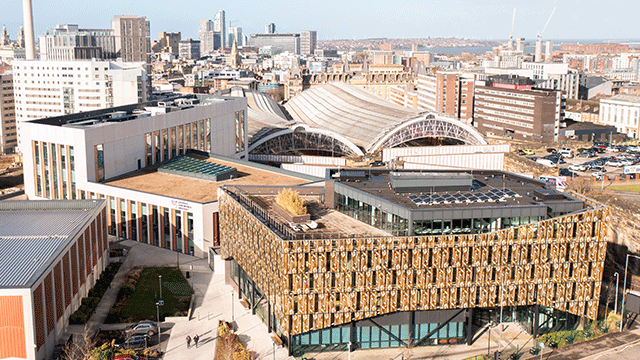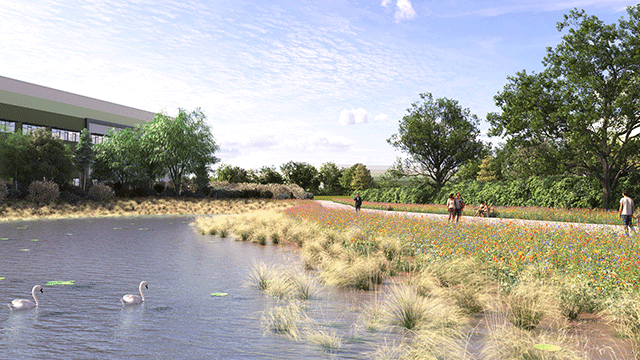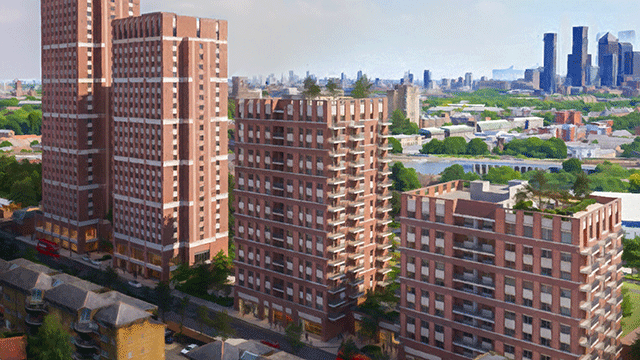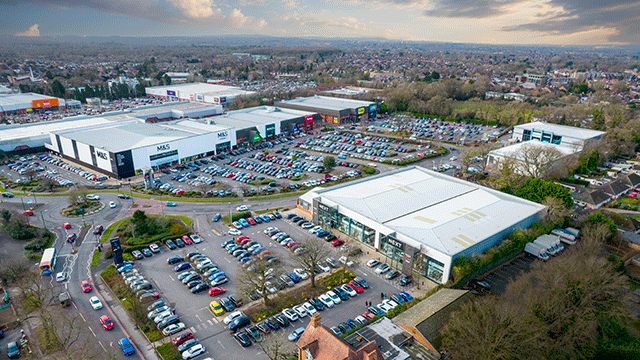COMMENT Long, long ago, back in 2019, it was predicted that by 2030 we would see fully automated high-rack warehouses, with autonomous vehicles navigating the aisles. Managers with augmented reality goggles would be able to see the entire operation, helping them co-ordinate people and robots.
COVID-19 has created something of a new time dimension, and not even the highly esteemed McKinsey & Company, which provided the prediction, could have foreseen the rapid changes that have taken place in the logistics and warehousing sector.
The demand for warehousing as a result of increased online shopping and the reshoring of some manufacturing, together with warehouse and driver staff shortages, has created a perfect storm that is driving change in the sector at unprecedented rates. For once, the hyperbole used to describe the accelerated speed of growth in volume, demand and size of development, for example, is not misplaced.
Into the spotlight
A previously shadowy sector has performed a remarkable volte-face to take the spotlight as delivery plays an increasingly important role in all our lives. With this new position it is clear that it has quietly got on with adopting technology. If cost efficiency was a primary motivation, staff shortages and net-zero carbon will now drive the sector forward.
Amazon was an early experimenter, from 2014 using robots known as Kivas, named after their manufacturer, Kiva Systems. They are at the crux of the subject matter in Nomadland, a 2017 non-fiction book by American journalist Jessica Bruder, and the winner of the award for best picture at this year’s Oscars. She talks at length about these robots, wondering whether they are “an efficiency expert’s dream, an innovation to save humankind from endless toil” or “harbingers of a jobless dystopia where manual labour became obsolete”. In the end, she deduces, the reality is “less polemic, more slapstick”, reporting tales of “unruly robots”.
The need for speed
As we know from the fire at Ocado’s huge, automated warehouse in Andover earlier this year, robots do crash. They also drop things and run things over – just like humans – but speed is their trump card.
As robots become cheaper to produce, the use of increasingly advanced robotics, advanced analytics and artificial intelligence will only grow, as a means of accelerating processes for handling greater volumes of product and managing the accompanying data. Most in the sector will find themselves working in partnership with a robot. For demand to be met, the future is most certainly hybrid.
We are also going to see accelerated technological innovation in the delivery of goods. The National Infrastructure Commission estimates that last-mile delivery accounts for just 6% of total freight kilometres but around 30% of the cost incurred.
Robots – quasi-self-propelled trolleys or scooters – are already being used to deliver groceries and takeaways. Take-up is likely to be quicker in easier-to-navigate suburbs and more challenging in rural areas and densely populated city centres.
Autonomous vehicles are also being experimented with in the “middle mile” – the point between large warehouse and micro-consolidation site – using fixed routes and operating in the quieter hours of the night. At the heavier, long-haul end of delivery, lorries powered by overhead electric cables could run on the UK’s motorways as another means of using technology to decarbonise freight. A trial scheme was announced this year for a 12-mile stretch of the M180 near Scunthorpe which would receive £2m of government funding and be operational by 2024.
Technological innovation is helping the sector respond to the challenges very well and quickly moving invention from pipe dream to the demanding realities of the supply chain front line.
Nicola Fairbairn is a logistics specialist and partner at international law firm DAC Beachcroft











